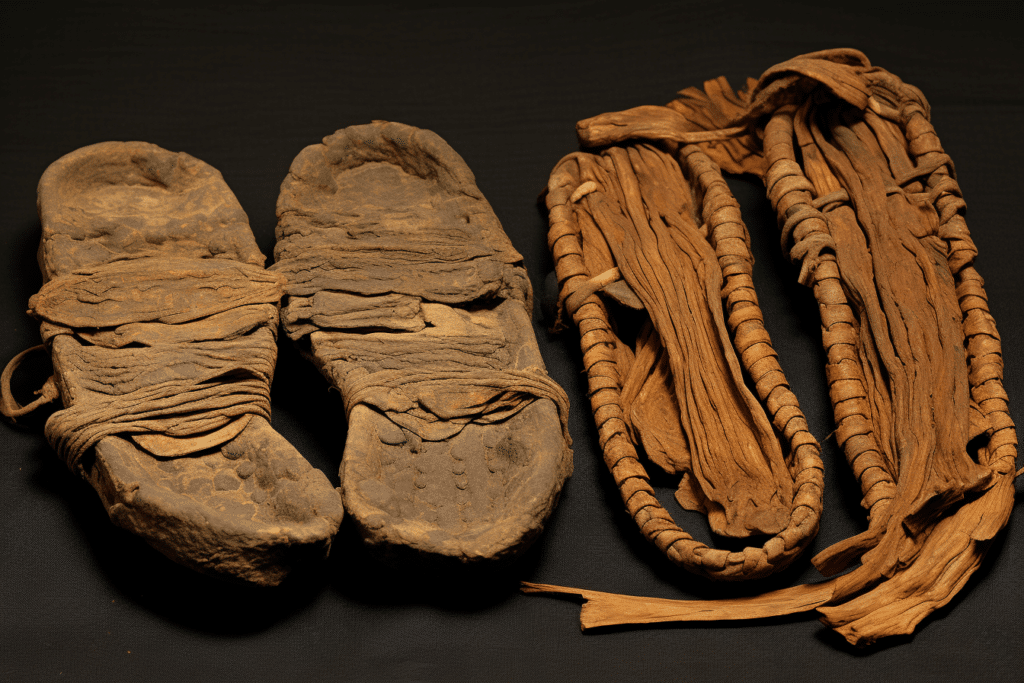
In the heart of southern Spain, researchers have made a stunning discovery: the oldest shoes ever identified in Europe. These relics from the past, along with other fascinating artifacts, are shedding light on the lives and customs of prehistoric communities and challenging our assumptions about their technological capabilities.
The recent analysis of 22 woven sandals has revealed them to be 6,000 years old. This study, led by teams from the Autonomous University of Barcelona and Alcalá University, was published in the renowned journal Science Advances. Interestingly, these ancient artifacts were first unearthed in 1857 when miners looted a cave in southern Spain. At that time, they were misdated to be around 1,000 years younger than what modern radiocarbon analysis has confirmed.
This cave was a treasure trove for archaeologists. Its arid conditions impeccably preserved a prehistoric burial site, showcasing partially mummified corpses, baskets, wooden tools, and sandals. María Herrero Otal, a contributing author of the study, highlighted that these items represent “the oldest and best-preserved set of plant fibre materials in southern Europe so far known.” They attest to ” prehistoric communities’ ability to master this type of craftsmanship.”
Manuel de Góngora y Martínez, a Spanish archaeologist, cataloged the remaining treasures of the cave in 1867, sharing them with museums in Madrid and Granada. His notes suggest that the deceased were likely buried wearing these sandals. Intriguingly, while some sandals displayed signs of wear, others seemed untouched, indicating they might have been explicitly fashioned for burial rites.
Crafted from diverse materials such as grasses, leather, lime, and ramie bast, both the sandals and accompanying baskets reveal their creators’ extensive knowledge and skillset. “The quality and technological complexity of the basketry makes us question the simplistic assumptions we have about human communities before the arrival of agriculture in southern Europe,” stated Francisco Martínez Sevilla, another study author.
Furthermore, the researchers determined that the burial artifacts in the cave spanned two distinct time frames, corresponding to Early Holocene hunter-gatherers and Middle Holocene farmers.
This significant find unveils a tangible link to our ancient ancestors and urges us to recognize the sophisticated techniques and knowledge that pre-agricultural societies possessed. As remnants of the past, these artifacts beckon us to view history with a broader lens, reminding us that there’s always more to uncover and understand about our shared human journey.
